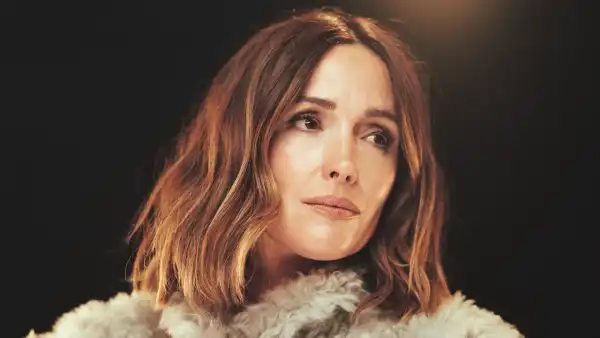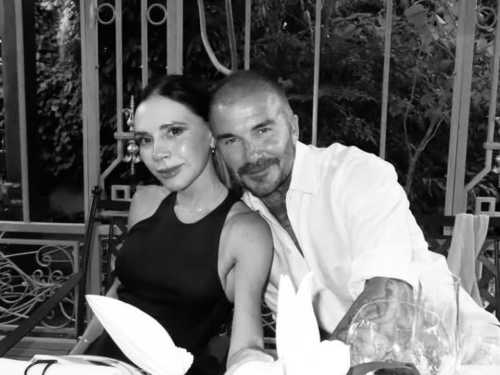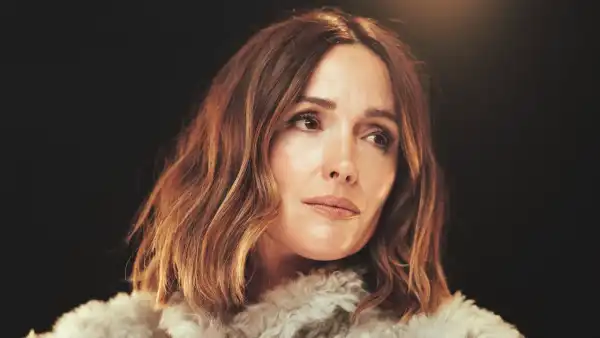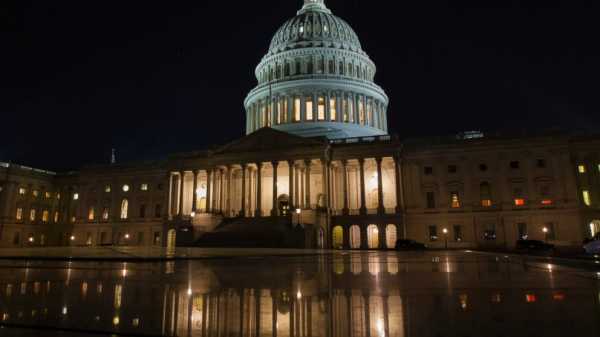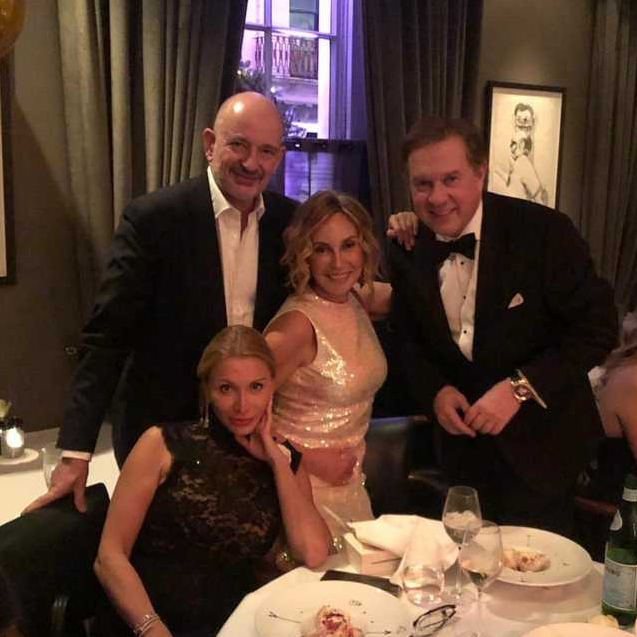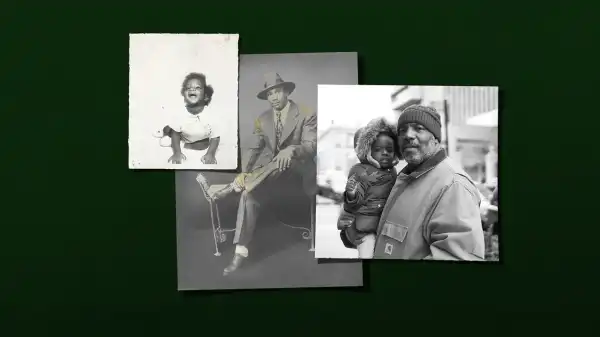
Save this storySave this storySave this storySave this story
Nine years ago, on a Saturday morning, when I was six and my father was fifty-six, I barged into the bathroom as I always did and was met with a scene that both surprised and fascinated me. Our yellow-orange sink from the seventies was covered in thick black stripes, as were parts of the countertop. My father, an imposing man who had been a heavyweight boxer in his youth and retained his massive frame well into his sixties, leaned over the faucet. He turned toward me, and I noticed that his mustache and upper lip were dyed the same color as the countertop, as was some of his usually salt-and-pepper hair. To his right was what looked like a cup of ink, into which he occasionally dipped a comb and gently ran it through his hair. At that age, I was already a master eavesdropper, and the cryptic phrase I had overheard a few days earlier was beginning to make sense. My mother, whose preoccupations included Telly Savalas, the seventies TV host who showed that baldness, and thus middle age, could be an asset to the right man, told my father, “Keep your gray. It suits you.” I had never seen my father’s hair any color other than gray, so it hadn’t occurred to me that there were alternatives. The scene in the bathroom made it clear. The ritual was over, and my father assessed himself in the mirror. His locks, still damp, glistened as if he’d just stepped out of an Afro Sheen commercial. The dyes of that era weren’t like today’s subtle versions. They were crude tools used to combat the most obvious signs of aging. The mixture in the cup turned my father’s hair unnaturally black. His disguise stood out. He didn’t look like a man with dark hair; he looked like a man with gray hair who’d decided to dye it. I decided I agreed with my mother. “I like gray better,” I told him. “Yeah?” ” he replied. “Wait until you get some.” Then he chuckled knowingly.
I thought about this conversation years later, when I was twenty-nine and had a single stray gray hair in my beard. I thought about it again in my early thirties, when a colony of them formed a stripe across my chin, and again in my forties, when a friend described me as having a “salt-and-pepper beard.” Seeing it each morning increasingly reminded me of a data visualization of a neighborhood becoming more gentrifying. I thought about the paint incident a few weeks earlier, when August, the older of my twin sons by nine minutes, had jumped into my lap and asked, blithely, why my beard was so gray. He’s five, and I’m fifty-five. I assumed my hair was gray because I was trying to win an argument with your long-dead grandfather. His twin brother, Hollis, who is dead serious, is preoccupied with simpler questions: Are you stronger than a bear, Dad? Can you lift a car? What about a house? He waits for answers, as if trying to figure out where I fit into the Marvel universe. Before I can explain to Augustus about hair follicles gradually losing their ability to produce melanin, he answers his own question. “I know why. It’s because of age.” Yeah, I thought, just wait until you get it, and smiled at my own cleverness. A therapist friend once told me that people often aspire to be their parents or non-parents, using them as role models or as a negative roadmap of what to avoid, or sometimes both. I contrasted my father’s approach to aging, letting time mark its passage as it sees fit, but I echoed it in a much deeper sense—having young children just as that passage was becoming apparent.
If the data for 1972—the earliest year covered by the recent study on the topic—are accurate for 1969, about half a percent of American babies born that year were born to fathers who were at least fifty. I was one of them. The mother’s age has been a topic of debate since the biblical Sarah gave birth to Isaac, supposedly at age ninety, but the father’s age has generally been less of a concern. (According to the Bible, Abraham, Sarah’s husband, was a hundred years old when Isaac was born.) The age of American women at the birth of their first child has been steadily rising for decades, driven in part by more women entering the workforce and pursuing professional degrees, as well as greater access to contraception and advances in fertility treatments. The trend is a crude barometer of women’s progress and the evolving opportunities in their lives. Almost imperceptibly, however, the age of American fathers has also changed, often in line with the same dynamics that have altered women’s reproductive schedules. Men “in advanced paternal age,” as the literature calls those of us who were in our forties when our children were born, account for more than twice as many births as they did in 1972. The landscape of fatherhood in later life has begun to look different from the one I was born into,
Sourse: newyorker.com
